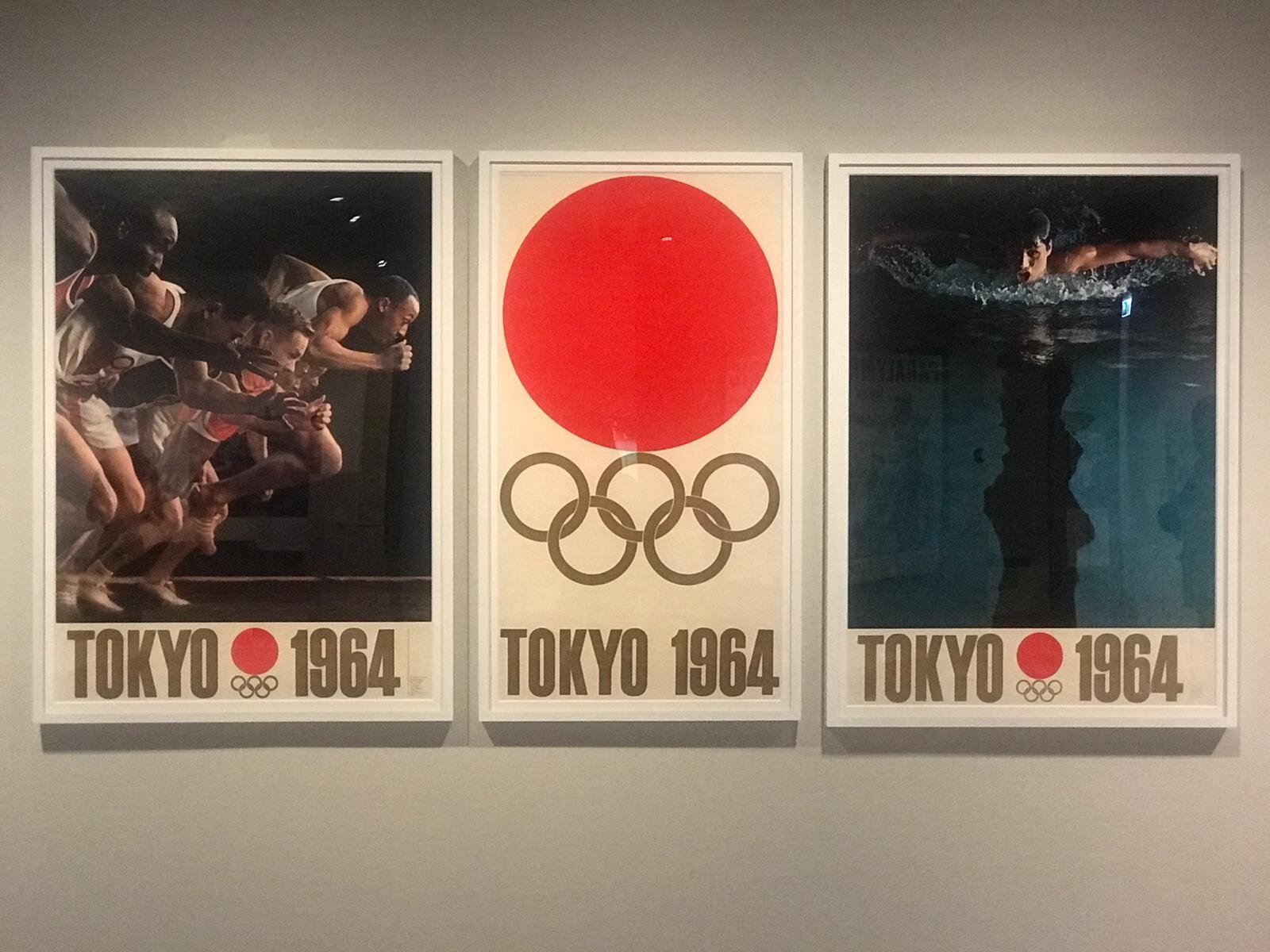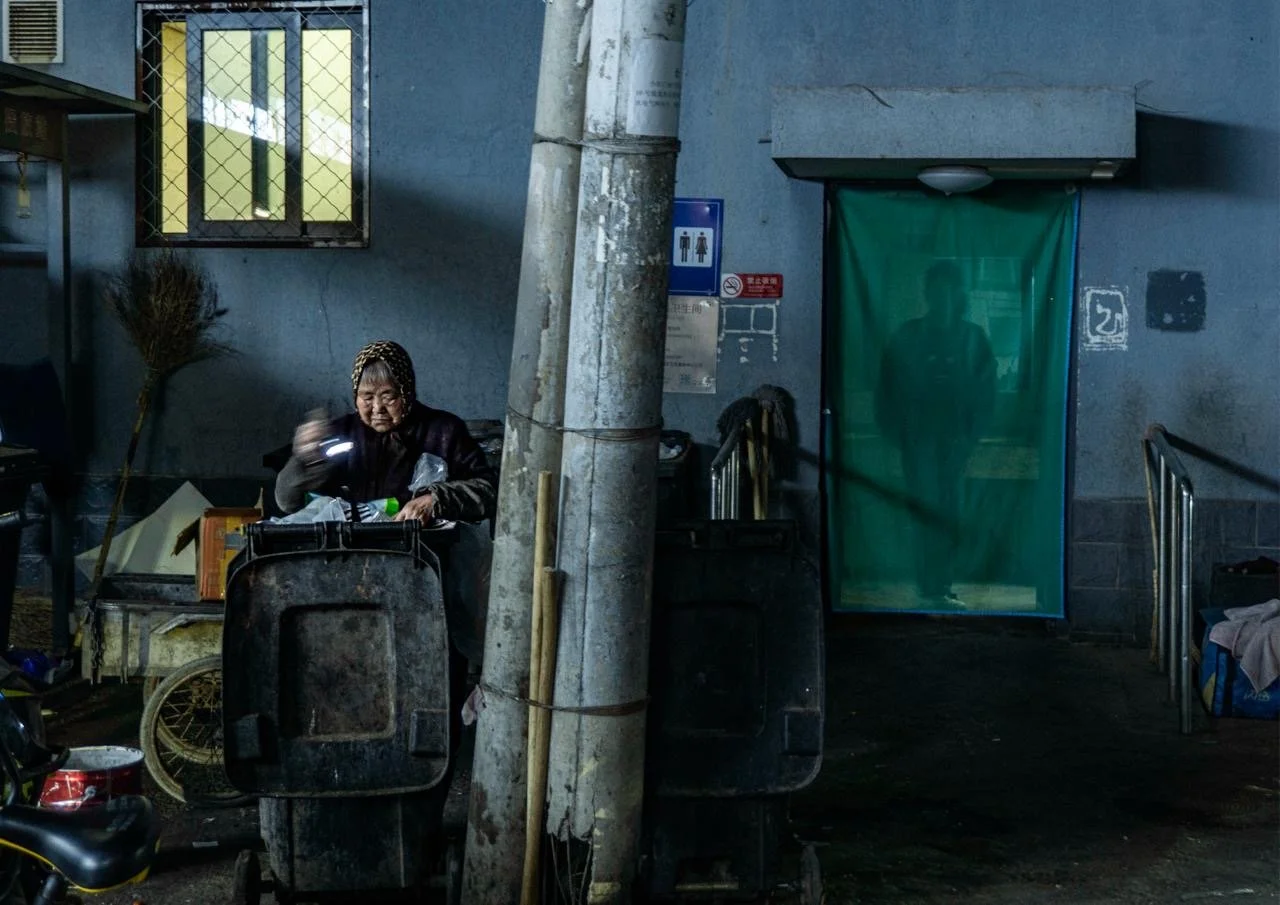Toyko 1964: Designing Tomorrow – Japan House London Review
When: 5 August – 7 November 2021
Where: Japan House London
Price: Free. Tickets must be pre-booked online: www.japanhouselondon.uk
FLO London gives you the FLODown on Japan House London’s most recent exhibition, Tokyo 1964: Designing Tomorrow, which highlights some of the pioneering designs from the 1964 Olympic Games, including Olympic pictograms, posters and architectural models.
Image: Patrice Antwi
Set against the backdrop of the delayed 2020 Tokyo Olympics, witnessing Japan House London exhibition was both special and surreal. Viewers are invited to journey through how Japan realised the opportunity of the Games to tell a fresh story to the world following Second World War through ground-breaking design and architecture that still has an influence today.
As they enter the exhibition viewers are greeted with the famous symbols and posters by the graphic designer Kamekura Yusaku’s alongside famous summer Olympic t-shirt which showcase the rings and the famous red dot and the first Olympic torch. In the background viewers can hear the cheers and roars of the 1964 crowd through the pictograms displayed by the projector, providing an insight into the visual identity created at the first Tokyo Games, which have reverberated through the design world.
Continuing into the main body of work of the exhibition, viewers senses are overwhelmed as they are exposed to numerous artefacts, gaining a sense of the thought process of the graphic designers that helped shape the visual identity that put Japan on the map. The red circle’s resemblance to the Hinomaru (which means solar disk in Japanese) on the Japanese flag was seen as helping to galvanise a spirit of nationalism in post-war Japan, but for Kamekura, the red sun signified the passion and excitement of the Games.
Kamekura’s creative upbringing was influenced by the Bauhaus , reflected in his three subsequent posters, which were the first Olympic posters to use photography. Revered as one of the most seminal achievements in post-war Japanese design, they eschewed traditional illustrations for modernist compositions that combined typography and imagery to compelling effect. Bauhaus is famous for it’s approach to design, which attempted to unify the principles of mass production and a combination of aesthetics and everyday function.
Image: Patrice Antwi
Tokyo 1964 Official Posters: Starting Line, Torch Bearer and Butterfly Swimmer. Courtesy of Prince Chichibu Memorial Sports Museum alongside the Paralympics poster are the showstoppers of the exhibition; boldness, power and resilience are portrayed over a glass display of the design guide, which was created by the design committee, showing how they collectively achieved the final piece.
To your left are symbols of large graphic pictograms displayed on the wall. Tokyo 1964 was the first international sporting event to use a coordinated set of pictograms, devised to communicate with international visitors who couldn’t speak Japanese. A team of designers created 39 facilities pictograms, inspired by Austrian graphic designers Otto Neurath and Gerd Arntz’s isotypes, while Yoshiro Yamashita’s 20 sports symbols helped visitors seek out specific events, creating a new universal language and forging a path for others to evolve the same concept.
The Japanese thought of everything bringing a sense of real culture for this monumental moment the fashion pieces that were displayed where a range of different kimonos and military outfits that were of course represented with Kamekuras olympic logo. This was also thought out in the actual design on the exhibition with the famous circle/dot making a symbol in the actual partition walls. The attention to detail throughout works cohesively with the journey which is still very much represented today.
It's only right that the exhibition saves the best until last with the radical and confident architecture for stadia, typified by the pioneering building design of the Olympic Memorial Tower and Yoyogi National Stadium amongst others. The work of Japanese architects Tange Kenzō and Ashihara Nobuyoshi inspired a generation of architects around the world and continues to be significant today. A sequence of pictures from when the iconic Olympic stadium was first being built from architectural plans to actual models that almost gives you an illusion that you are actually in the stadium if you stare hard enough. Click here for more.
Words by Patrice Antwi






















Step up your game with this vibrant Ahwenepa Nkasa scrunchie!